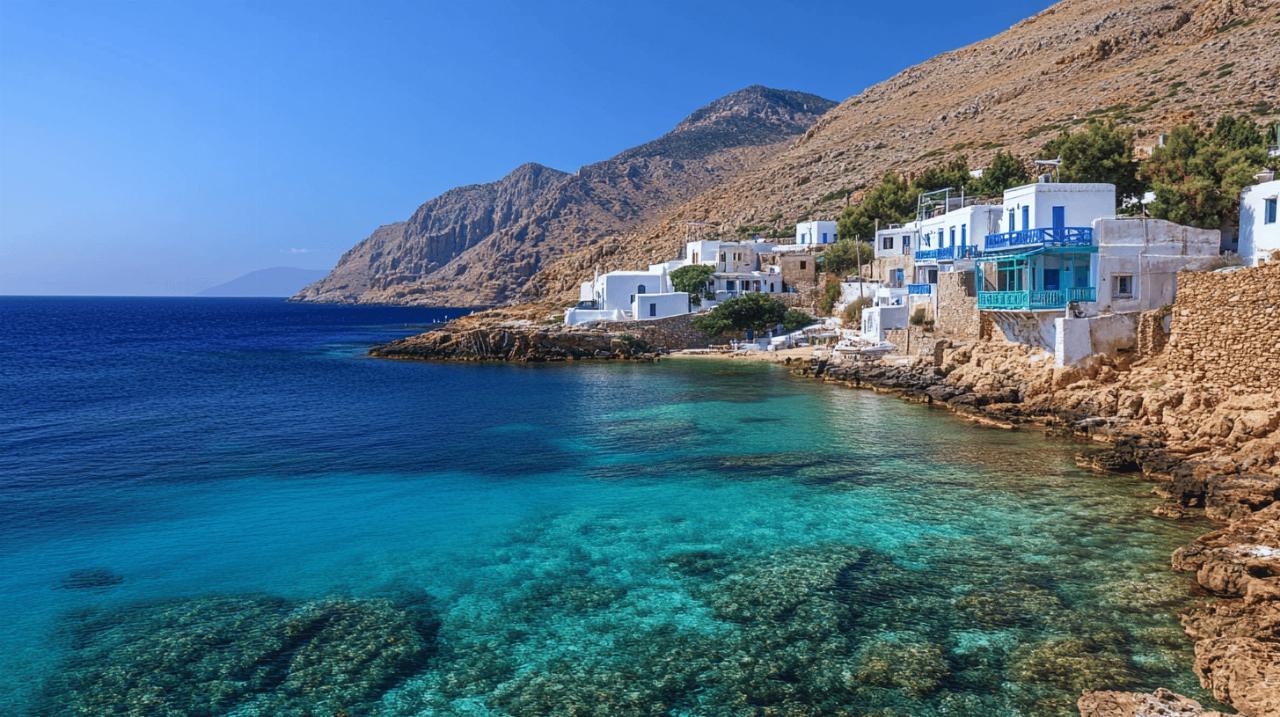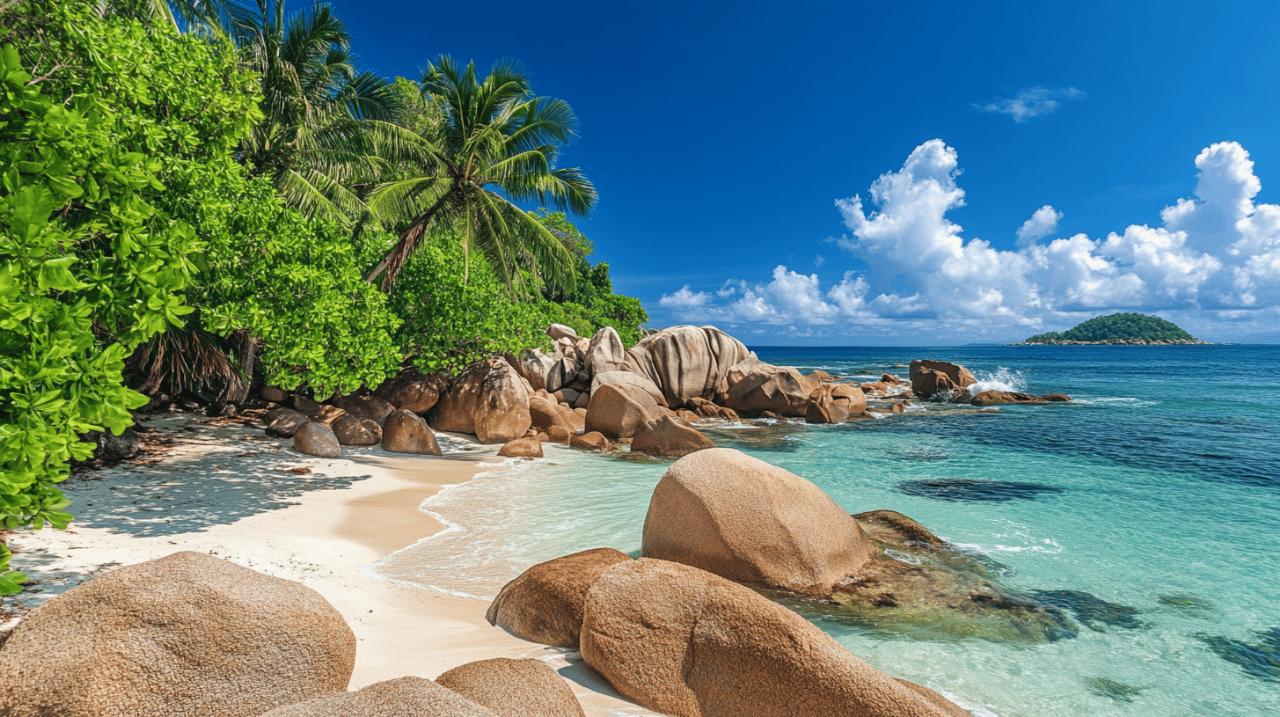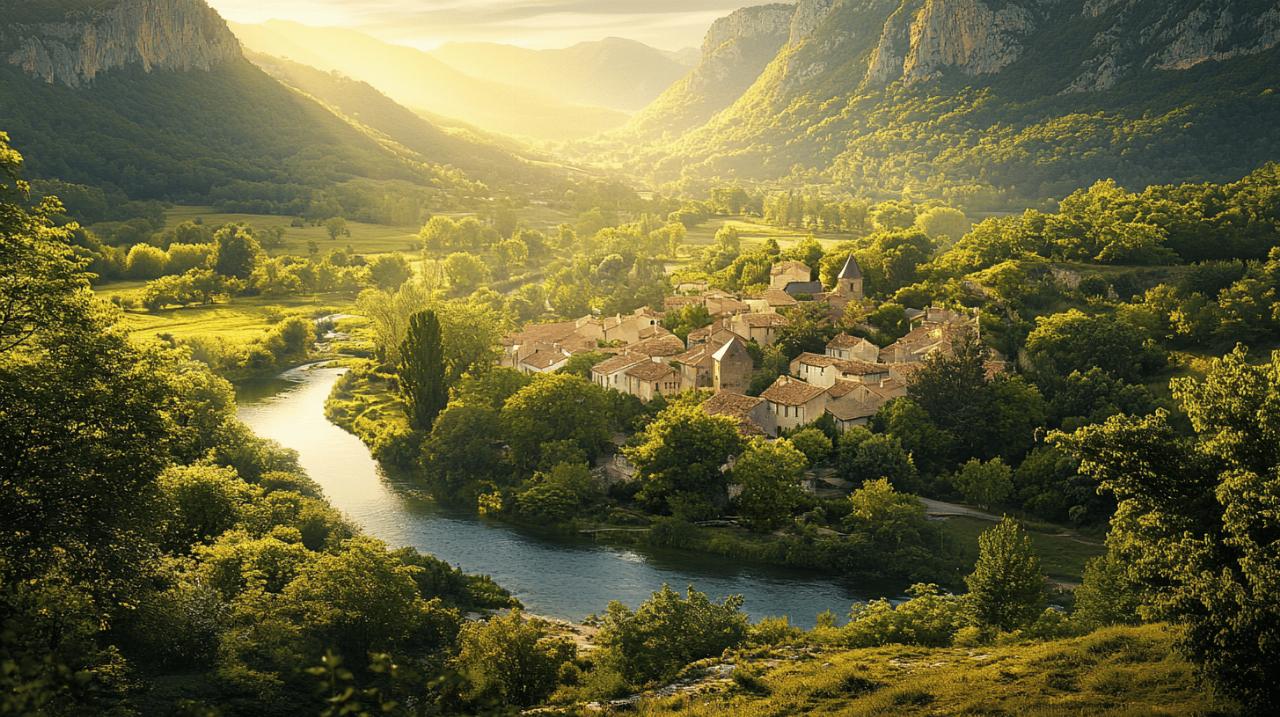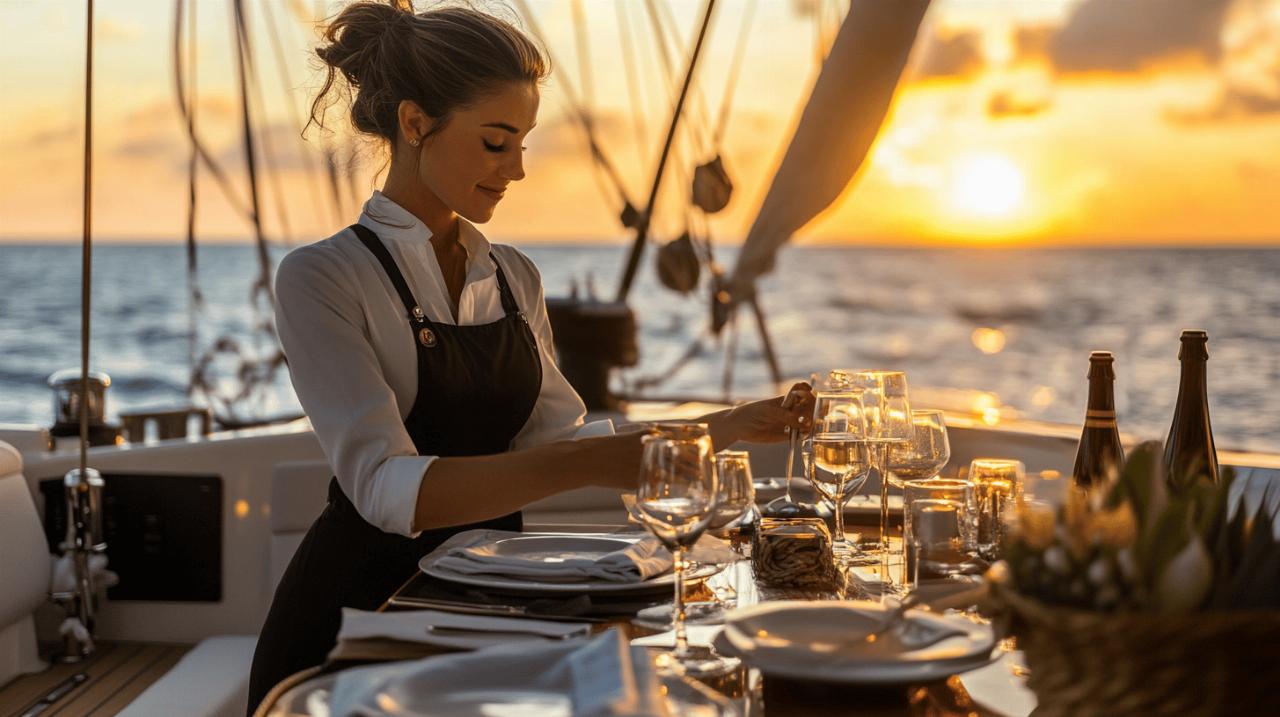Fishing for meagre (Argyrosomus regius), also known as courbine or corvina, has become increasingly popular among British anglers seeking challenging and rewarding catches. These impressive fish, which can grow to extraordinary sizes, require specific knowledge about their habits, habitats, and how weather conditions impact fishing success in UK waters. Whether you're planning to target these elusive creatures along our coastlines or venturing to warmer European waters, understanding the relationship between weather patterns and meagre behaviour is crucial for a successful expedition.
Understanding meagre fish and their habitats
The meagre, scientifically known as Argyrosomus regius, is a remarkable marine species that has captivated anglers across European waters. These fish are sometimes called 'groaners' due to the distinctive sound they produce by contracting their muscles during spawning season, which can astonishingly be heard up to 10 metres away from the water's surface. This unique characteristic makes them somewhat easier to locate for those who know what to listen for during peak spawning periods.
Key Characteristics of Meagre (Argyrosomus regius)
Meagre are impressive specimens with grey to coppery-brown colouration and a distinctive shiny line running along their sides. They possess large scales, a yellow mouth equipped with pointy teeth, and a notably long second dorsal fin. These carnivorous fish have quite the appetite, feasting primarily on mullets, sardines, various molluscs, squid and cuttlefish. What makes meagre particularly exciting for anglers is their potential size—adults typically reach between 50cm and 1 metre in length, but exceptional specimens can grow up to 2 metres and weigh a staggering 100kg, especially in Mediterranean waters. Their longevity is equally impressive, with lifespans extending up to 15 years in proper conditions.
Prime uk coastal locations for meagre fishing
While meagre are more commonly associated with the warmer waters of the Mediterranean and southern Atlantic, climate change has seen them venture further north, occasionally appearing along UK shores. These fish typically inhabit rocky, muddy, and sandy coastal areas at depths of up to 40 metres. The southern coasts of England represent your best chance of encountering meagre in British waters, particularly during warmer months when water temperatures rise. More consistently, serious UK anglers often travel to the Gironde estuary in France, the Bay of Biscay, and the Charente archipelago, which are renowned meagre fishing grounds within relatively easy reach of Britain. These locations offer more reliable opportunities to catch these prized fish during their seasonal migrations from March through to July.
Optimal Weather Conditions for Meagre Fishing in UK Waters
Weather plays a crucial role in successful meagre fishing, particularly in the variable climate of British coastal waters. Understanding how atmospheric conditions influence these fish can dramatically improve your chances of a memorable catch. Meagre are highly sensitive to temperature fluctuations, with their activity patterns closely tied to seasonal weather shifts throughout the year.
Seasonal Weather Patterns and Their Impact on Meagre Behaviour
The peak season for targeting meagre runs from February through August, with March to June offering the greatest opportunity to encounter larger specimens. Water temperature is perhaps the most critical weather factor affecting meagre behaviour—these fish prefer warmer waters ranging from 15°C to 22°C. In UK waters, these optimal temperatures typically occur during late spring and summer months when coastal waters warm sufficiently. Meagre tend to move closer to shore during these periods, making them more accessible to land-based anglers. Bright, sunny days with moderate winds often create ideal fishing conditions, as meagre become more active in clear, warm water. Conversely, during cold snaps or after heavy rainfall that reduces water clarity, these fish may retreat to deeper waters or become less responsive to bait and lures.
How tides and moon phases affect your catch
Beyond atmospheric weather conditions, tidal movements and lunar phases significantly influence meagre fishing success. Many experienced anglers report that the most productive fishing occurs during periods of stronger tidal movement, particularly during spring tides associated with new and full moons. These stronger tides stir up more food and trigger feeding activity among meagre. The transitional periods between high and low tides—known as the changing tide—often present prime fishing opportunities as meagre actively hunt during these water movements. Dawn and dusk coinciding with these tidal changes can be particularly productive. Additionally, some anglers have observed increased meagre activity during the full moon phase, likely due to the enhanced visibility that allows these predatory fish to hunt more effectively during nighttime hours.
Essential fishing techniques and equipment
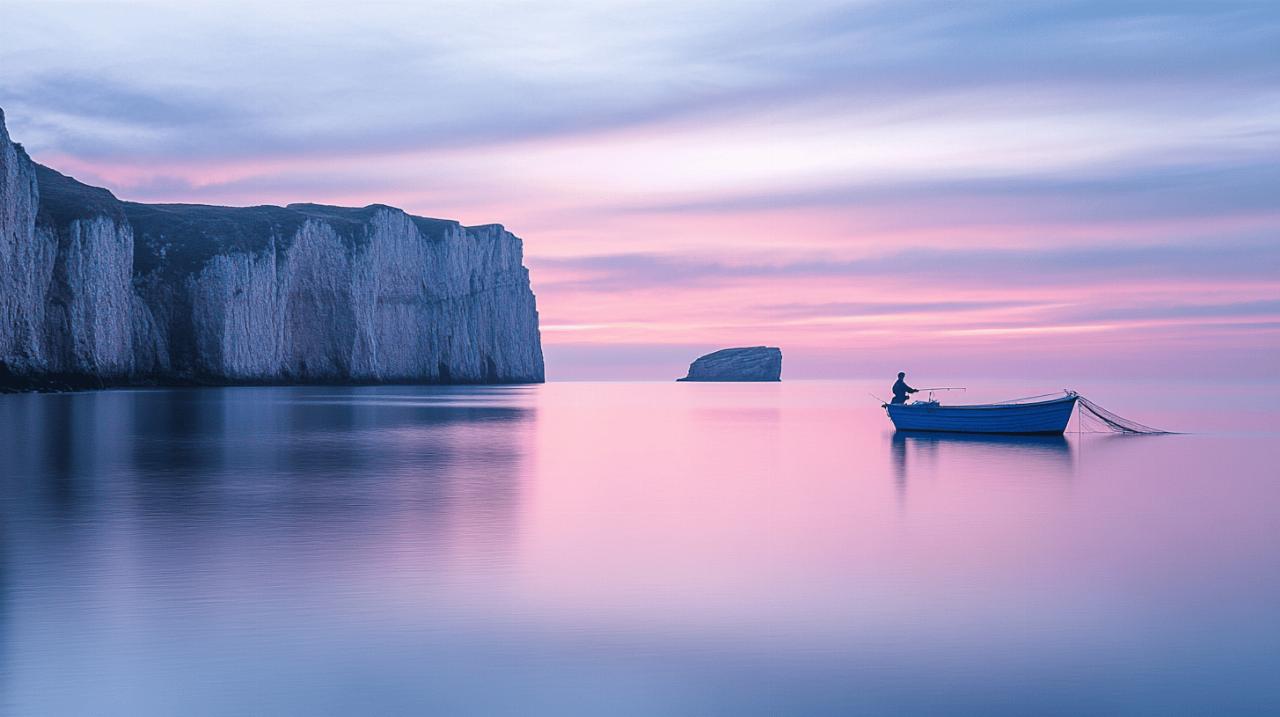 Successful meagre fishing requires specific gear and techniques tailored to these powerful, often challenging fish. Whether fishing from shore or boat, having the right equipment and approach can make the difference between returning empty-handed and landing a magnificent specimen. The substantial size potential of meagre means anglers must be prepared with robust tackle capable of handling powerful runs.
Successful meagre fishing requires specific gear and techniques tailored to these powerful, often challenging fish. Whether fishing from shore or boat, having the right equipment and approach can make the difference between returning empty-handed and landing a magnificent specimen. The substantial size potential of meagre means anglers must be prepared with robust tackle capable of handling powerful runs.
Most Effective Rigs and Bait for UK Meagre Fishing
When targeting meagre in UK waters, medium to heavy spinning or conventional tackle is generally recommended. A rod with enough backbone to handle fish potentially weighing 20kg or more is essential, paired with a quality reel spooled with at least 30lb test line. For terminal tackle, a running ledger rig with a 5/0 to 8/0 hook is popular among experienced meagre anglers. Given their carnivorous nature, meagre respond well to fresh natural baits that mimic their preferred diet. Live or fresh dead sardines prove consistently effective, as do squid, cuttlefish, and small mullet. Some anglers have success using larger soft plastic lures in silver or white colourways that imitate baitfish. Scent becomes particularly important in the often murky UK coastal waters, so enhancing artificial lures with fish oils or using naturally oily baits can increase your chances of attracting a meagre's attention.
Line fishing strategies for different weather conditions
Adapting your fishing strategy to prevailing weather conditions is crucial when targeting meagre. During warmer, calmer days when water clarity is good, casting techniques with lures can be highly effective, allowing you to cover more ground and present your offering in a more natural, enticing manner. Medium to heavy spinning gear works well in these conditions. When weather turns rougher with stronger winds and increased water turbidity, switching to bottom fishing with natural baits often proves more productive. The scent trail becomes more important in murky conditions, making fresh bait essential. During particularly hot weather, meagre may move to deeper, cooler waters during midday, making early morning or evening sessions more productive. In contrast, on mild overcast days, they might remain active throughout daylight hours. Listening for their characteristic groaning sounds during spawning season can also help locate concentrations of fish, particularly in calmer weather when sound travels better through water.
Planning your meagre fishing trip around uk weather
Thorough preparation is the cornerstone of successful meagre fishing expeditions in the changeable UK climate. Given the significant investment of time and resources involved in pursuing these prized fish, careful attention to weather forecasting and safety considerations becomes paramount. A well-planned trip that accounts for seasonal patterns and short-term weather fluctuations will maximise your chances of connecting with these remarkable creatures.
Reading weather forecasts for successful angling
Modern anglers benefit from unprecedented access to detailed marine weather forecasts, which should form the foundation of any meagre fishing plan. Beyond basic temperature and precipitation predictions, pay particular attention to wind direction and strength, as these factors significantly impact coastal fishing conditions. Offshore winds generally create calmer shorelines ideal for casting, while onshore winds can generate rougher conditions but sometimes push baitfish closer to shore, attracting hunting meagre. Barometric pressure trends also warrant attention—stable or slowly rising pressure typically coincides with better fishing conditions, while rapidly falling pressure often precedes poor fishing ahead of incoming weather systems. Specialist fishing forecast applications can provide additional valuable insights, combining weather data with tidal information and even historical catch records to highlight potentially productive periods up to four days in advance. These tools have become invaluable for serious anglers targeting specific species like meagre.
Safety considerations during challenging weather
The pursuit of meagre often takes anglers to exposed coastal locations where weather conditions can change rapidly. Safety must always take precedence over fishing ambitions, particularly when targeting these fish from rocky shorelines or small vessels. Establish clear personal limits regarding wind speeds and wave heights, and strictly adhere to them regardless of fishing prospects. Always check multiple weather sources before setting out, and continue monitoring conditions throughout your session. Proper attire is essential—quality waterproofs, appropriate footwear with excellent grip, and layered clothing that can adapt to changing conditions are non-negotiable. When shore fishing, never turn your back on the sea, particularly during uncertain weather, and maintain awareness of escape routes should conditions deteriorate. If boating, ensure all appropriate safety equipment is aboard and functioning, including personal flotation devices, communications equipment, and navigation aids. Remember that even experienced anglers occasionally need to abort fishing plans when conditions become questionable—the magnificent meagre will still be there when safer weather returns.

